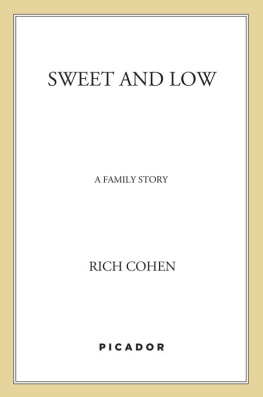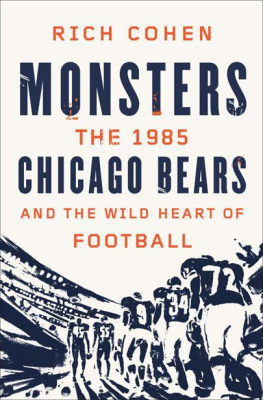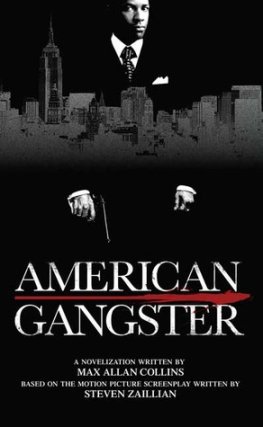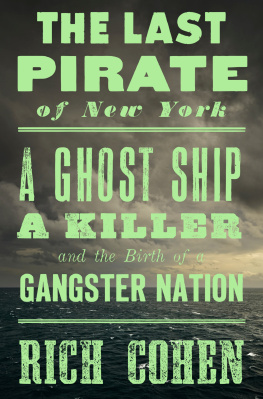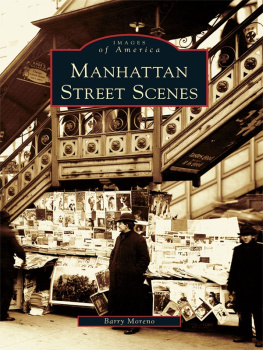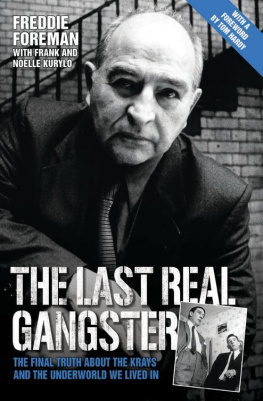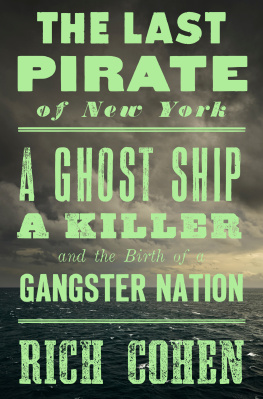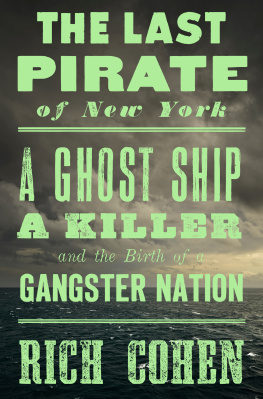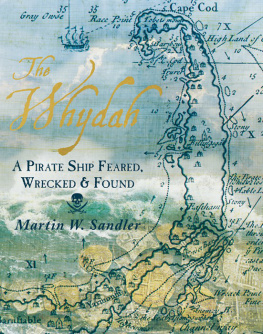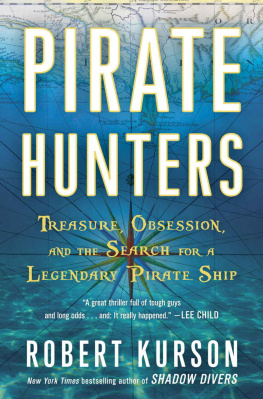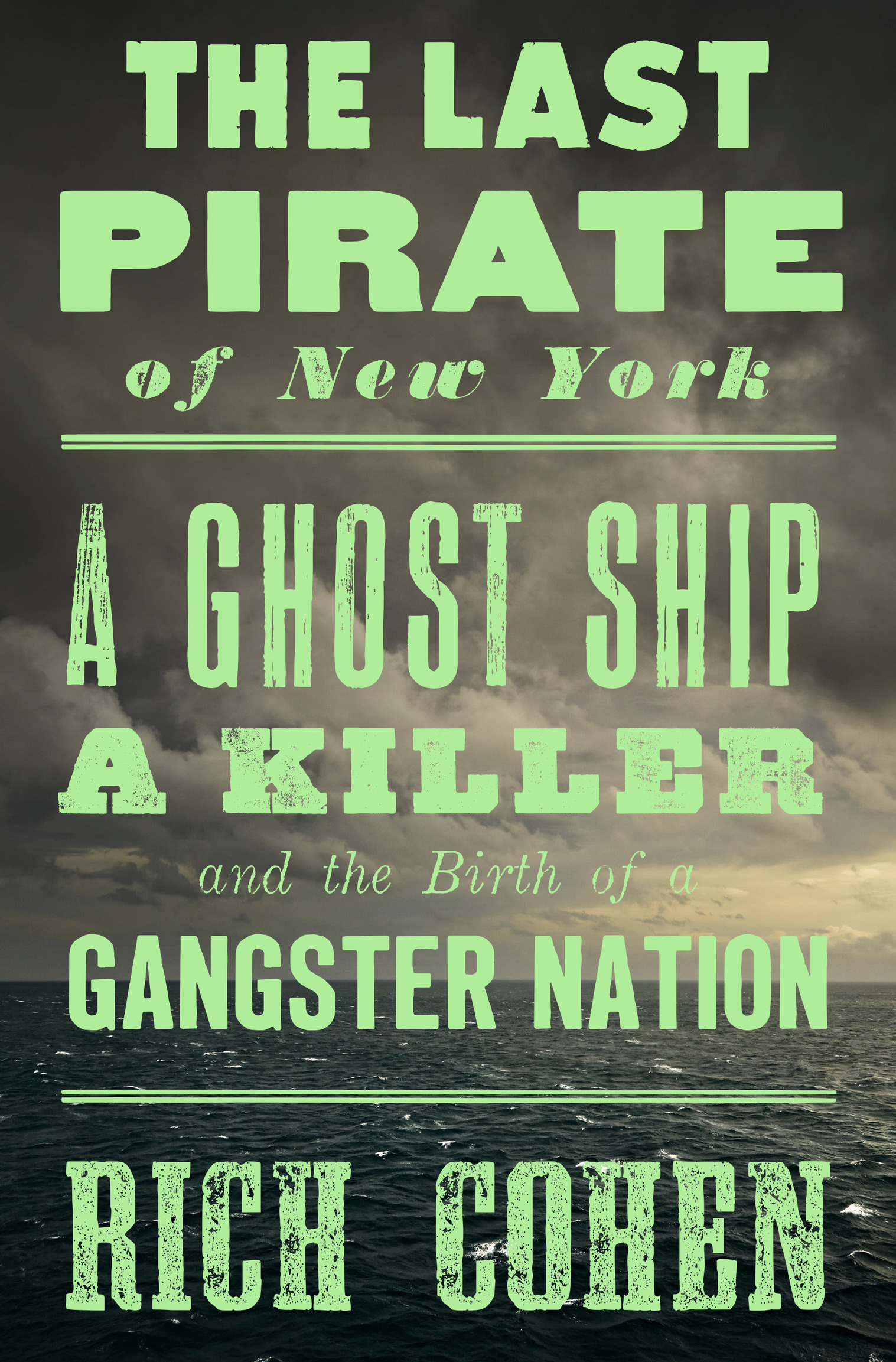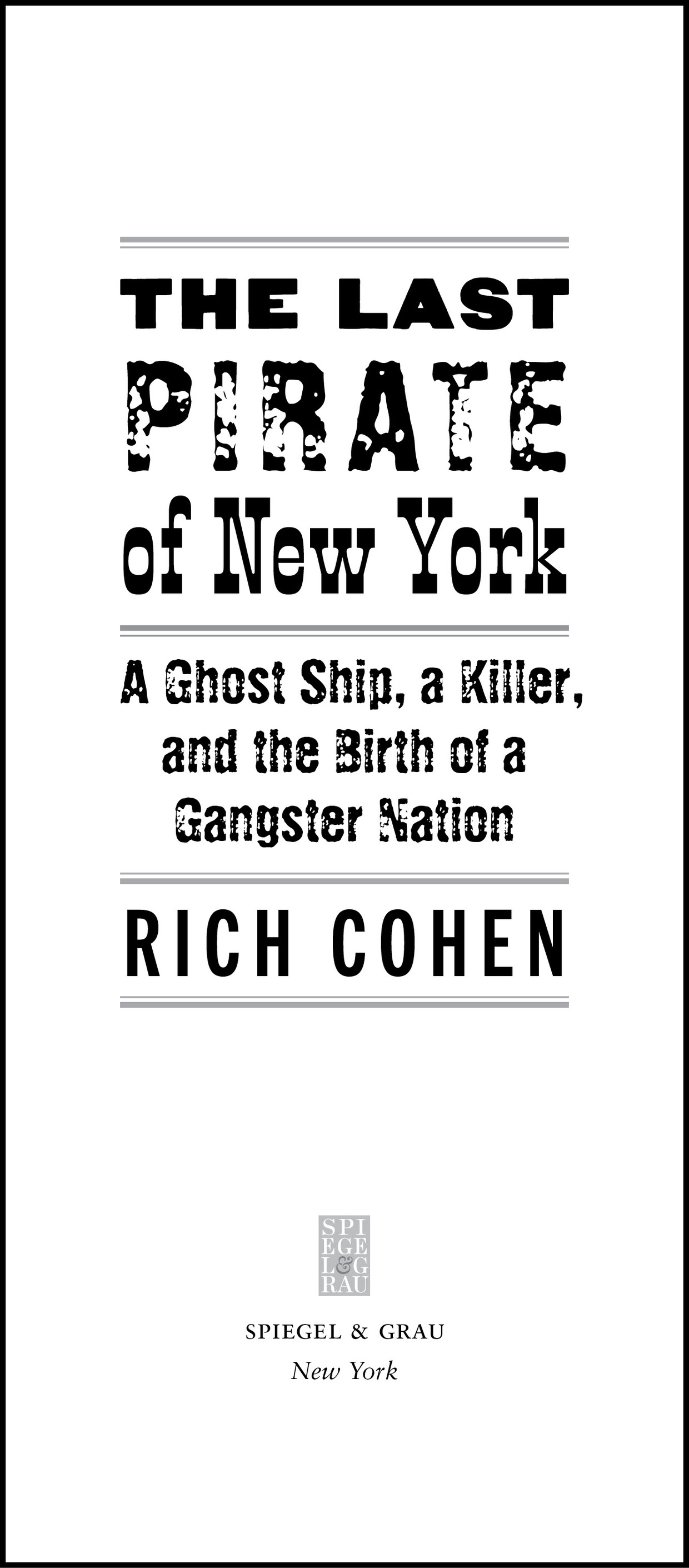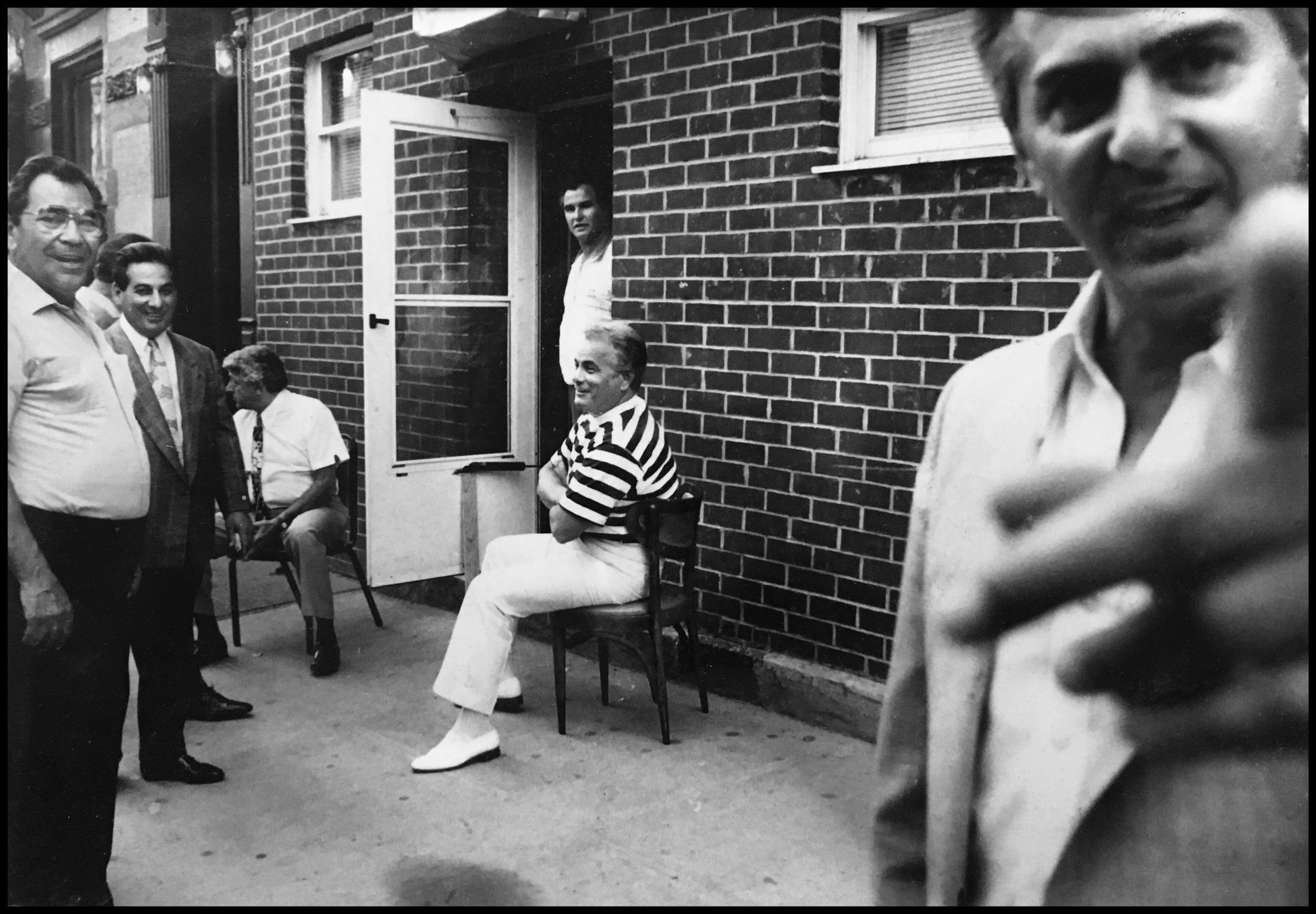All rights reserved.
Published in the United States by Spiegel & Grau, an imprint of Random House, a division of Penguin Random House LLC, New York.
S PIEGEL & G RAU and colophon is a registered trademark of Penguin Random House LLC.
Names: Cohen, Rich, author.
Title: The last pirate of New York : a ghost ship, a killer, and the birth of a gangster nation / by Rich Cohen.
Description: First edition. | New York : Spiegel & Grau, 2019. | Includes bibliographical references and index.
Identifiers: LCCN 2018049488 | ISBN 9780399589928 (hbk : alk. paper) | ISBN 9780399589935 (ebook)
Subjects: LCSH: Hicks, Albert W., approximately 18201860. | CriminalsNew York (State)Biography. | PiratesNew York (State)Biography.
Classification: LCC HV6248.H4527 C64 2019 | DDC 364.1092 [B]dc23 LC record available at https://lccn.loc.gov/2018049488
But youre gonna have to serve somebody.
ONCE UPON A TIME
I grew up on gangster stories. While other kids were hearing about the Three Little Pigs and the Old Woman Who Lived in a Shoe, my father was telling me about the legends of his New York childhoodPittsburgh Phil Strauss and Louis Lepke Buchalter, Lucky Luciano and Meyer Lansky, the visionary who put craps up on a table. The lesson here, my father said softly, as I lay in bed, is that it was the same game, just played on a different level.
For a kid in the suburbs, these stories were more than stories. They were redbrick stoops, air shafts crossed by clotheslines, alleys, candy stores and subterranean club rooms, apartment houses that, compared to my atomized world of detached single-family living, seemed like paradisecoastal Brooklyn, where the fog bathes everything in a ghostly light and the Verrazzano-Narrows Bridge vanishes halfway across, like a ladder with its top in the clouds.
As soon as I was old enough, I moved to New York. I said I was looking for a job, but I had really come in search of the truth behind my fathers stories. This became my career. Parents: be careful what you tell your children at night. I explored the parts of the city where I knew the old-time gangsters had operated: Little Italy and the Lower East Side, East New York and Brownsville, Brooklyn, the piers that had been the heart of the old Fourth Ward. I was consumed by New York historynot the story of marble buildings and glad-handing mayors but the alternate story that ran parallel and beneaththe story of the underworld, its heroes and stool pigeons, founders and visionaries. As my father said, the same game, just played on a different level.
In time, mostly but not entirely working in my capacity as a reporter, I came to know some living examples of the genus and species: New York gangster. The young toughs loitering in front of the Ravenite Social Club on Mulberry Street circa 1990. Outer-borough boys done up like canaries, in yellow and green. And, still more interesting, the old-timers whod started their careers when the last of the ancients were still throwing lightning bolts. I spent an afternoon shadowing one of the men around St. Vincents Triangle in the Village asking about the way things used to be. They said he was feeble-minded, but that was an act. I found another gangster in New Jersey. (I cant handle you in town, he said. Meet me at the Meadowlands Complex. Thats mine. From there to Asbury Park, it all belongs to me.) He said hed talk to me, cause I met your father at La Costa, and he treat me real cordial. When I told my father, he said, If you write about Johnny, write nice. If he doesnt like it, its not a letter to the editor hes gonna send. I met a boss of bosses, capo di tutti capi, at Bert Youngs restaurant on East Gun Hill Road in the Bronx. Dozens of members of the Genovese crime family had been arrested and made bail and were celebrating. The boss knew my book Tough Jews, the first installment of this grander gangster project. The story of the Brooklyn mob Murder Inc., it centered on Abe Kid Twist Reles, who, after testifying against members of his own gang, was tossed out a window of the Half Moon Hotel on Coney Island. He was dubbed The Canary Who Could Sing But Couldnt Fly.
I wouldnt put him in my fuckin book, the boss told me. Maybe its history, but Reles was nothing but a goddamn rat.
When I asked the boss who he would put in his book, he smiled and said, There are so many.
I suddenly realized that these men had also grown up on gangster stories told by their fathers. The boss recalled some of them, then encouraged me to track down the biographies. When I did, I found still other men whod been raised on gangster stories. No matter how far back I went, in fact, I found still older old-timers talking about still more ancient days. It was an infinite regress. It went on and on, fading to an age so distant, it was lit by kerosene lamp. It gave me a mission, inspired a quest: I would track down and name and chronicle the very first New York gangster, the man behind all the other legends.
Many consider Monk Eastman to have been the first. He led a gang called the Eastmans, had a pocked face and scary eyes, fought battles on Orchard and Cherry streets, served in the First World War, and was found dead outside a dance hall on Fourteenth Street in 1920. But when Eastman turned up in the dives, old-timers were already telling stories about gangsters of an earlier generation. If you figured out who those gangsters were actually talking about, youd establish the bedrock beneath the underworld, the source of all that criminal energy. You might come to understand the alchemical process that turns psychopaths into folk heroes. You might even unlock something fundamental about New York. In this way, lantern in hand, I continued until I reached the Mesozoic era of the Manhattan underworld, when the earliest mobsters emerged from the primordial ooze. Little Augie Fein, gunned down on the corner of Norfolk and Delancey; Mose, the otherwise nameless thug who would pass his cigar to an underling before a fight, saying, Hold de butt; Bill the Butcher Poole, whose last words were, Good-bye, boys, I die a true American! These were some of the first bad menbut who were they telling stories about at bedtime?
Albert Hicks is the closest thing the New York underworld has to a Cain, the first killer and the first banished man, carrying that dread mark: MURDER . He operated so long ago, in a city so similar to and yet so different from our own, the word gangster had not yet been coined. He was called a pirate.
For years, he operated out of the public eye, rambling from crime to crime, working under an alias, sleeping in the nickel-a-night flops that filled the lower part of Manhattan, drinking in barrooms where the great entertainments were rat-baiting and bear-baitingpatrons wagered on how many rats a terrier could kill, on how many dogs it would take to bring down a bear. In 1860 Hicks was New Yorks most feared man. This was Manhattan as dark fairy tale, an early draft that would be overwritten until it became a palimpsest. Even now, everywhere you look, reminders of that ancient city bleed through: at Peck Slip and the East River, a neighborhood once lousy with tall ships, blind pigs, and sons of bitches, a pirates playground; at Hangmans Elm in Washington Square Park, a three-hundred-year-old tree said to have once served as a gallows for public executions; at Stillwell Avenue and the Boardwalk in Coney Island, where Lucky Luciano sat his boss Joe Masseria at a poker table, then stepped aside as a squad of hitmen, including Bugsy Siegel and Joe Adonis, came through the door. Asked where hed been during the shooting, Luciano told police, Taking a pee; I always took a long pee.



